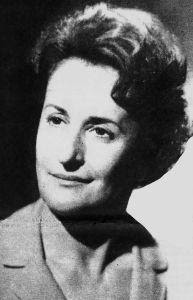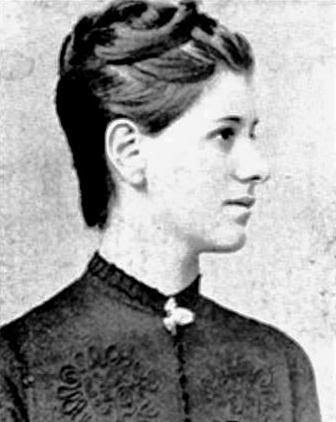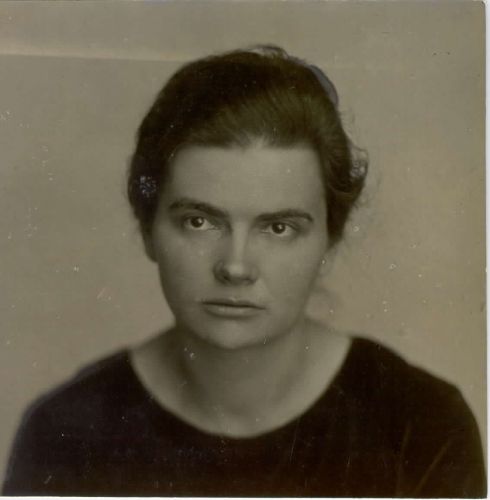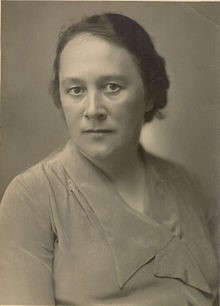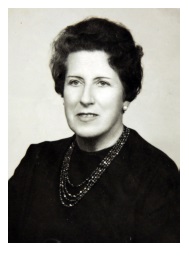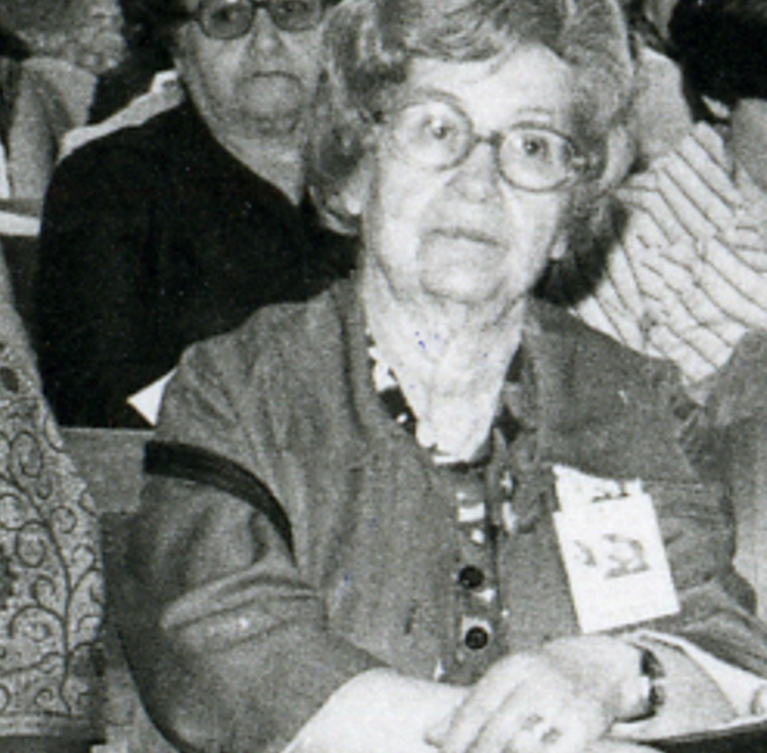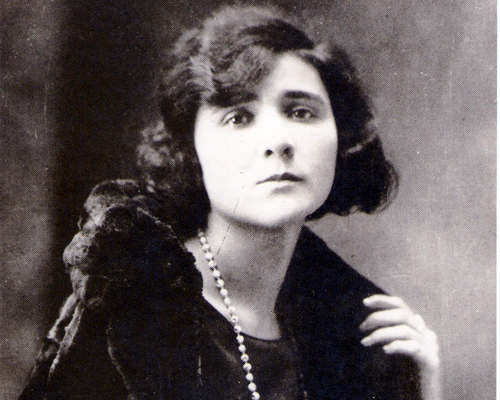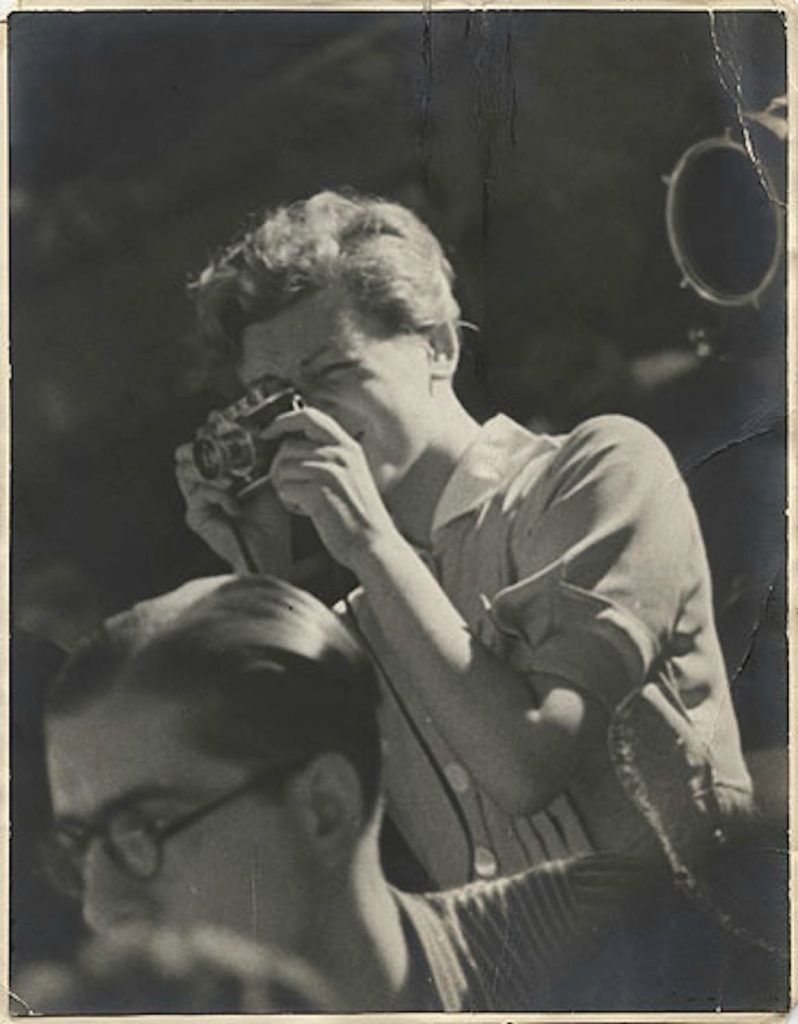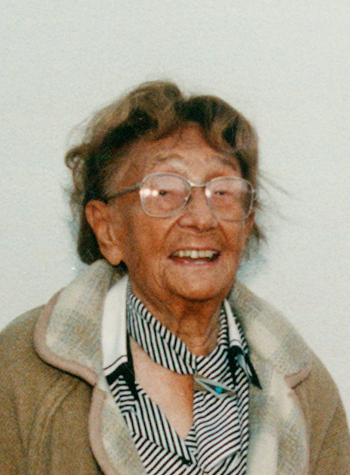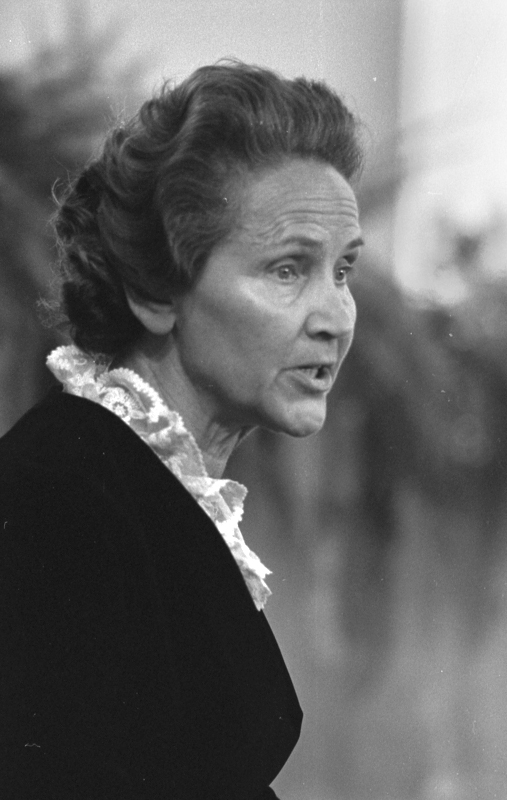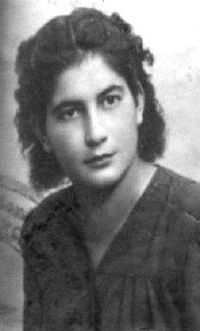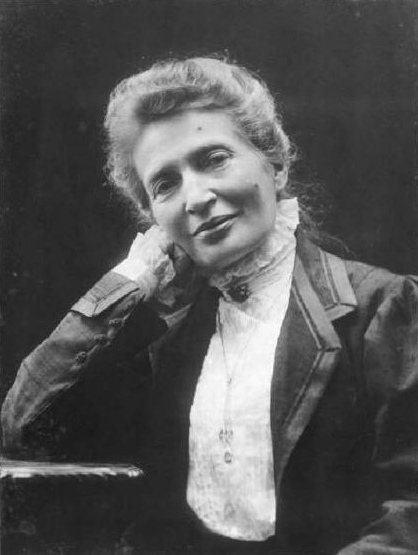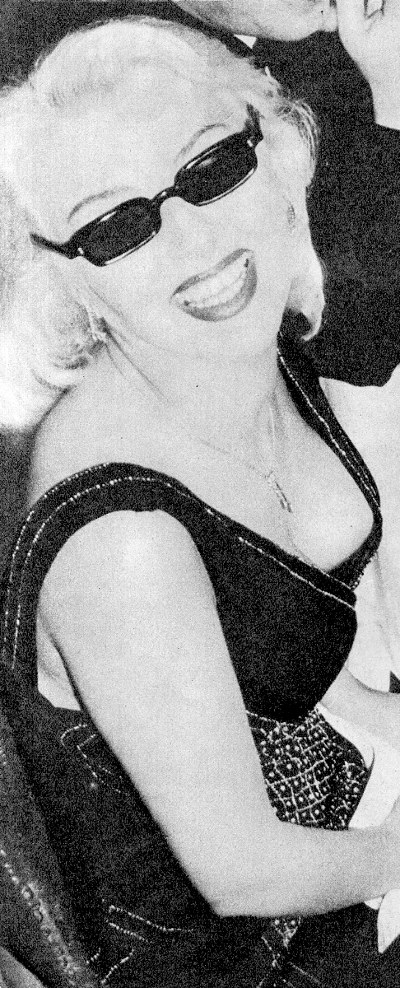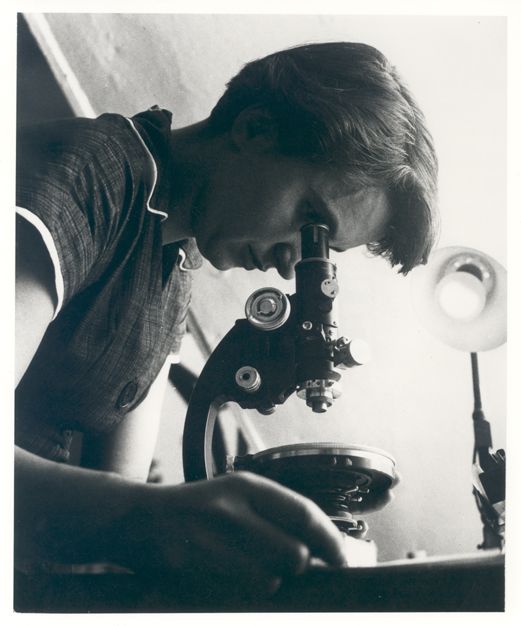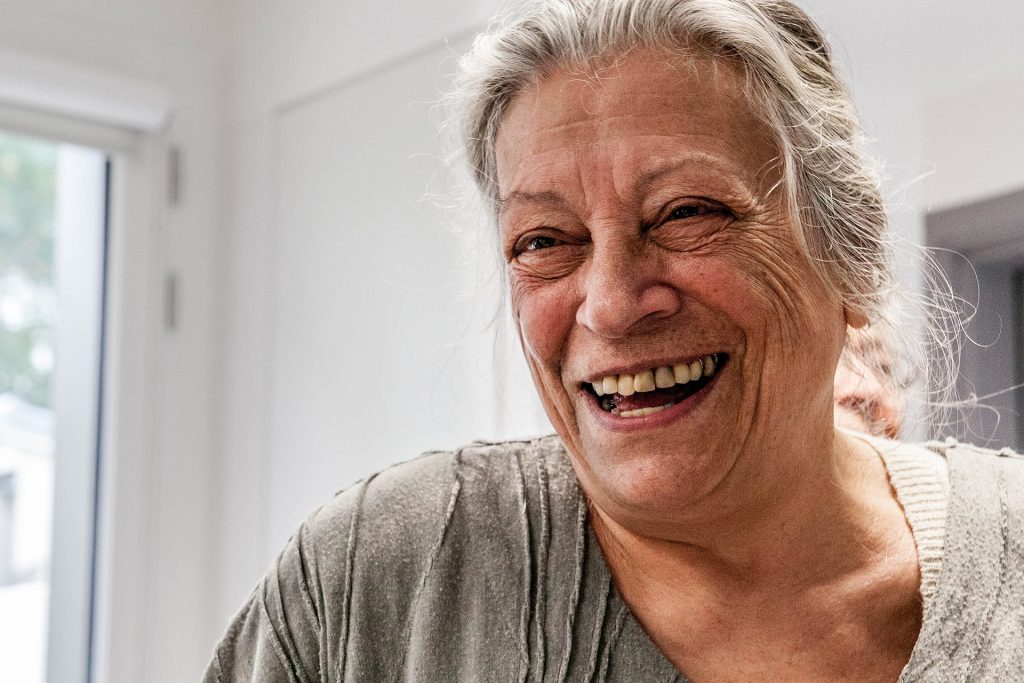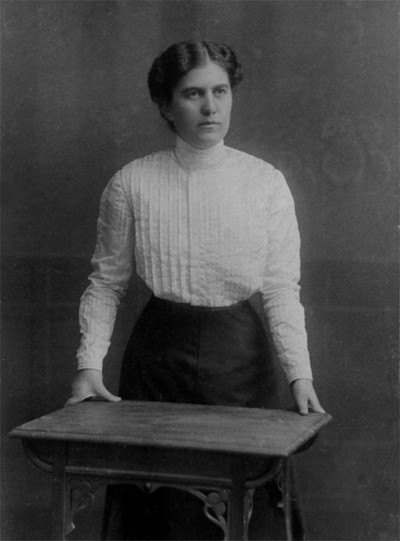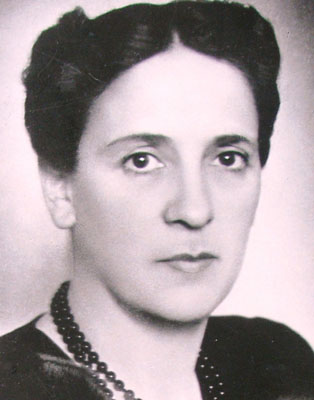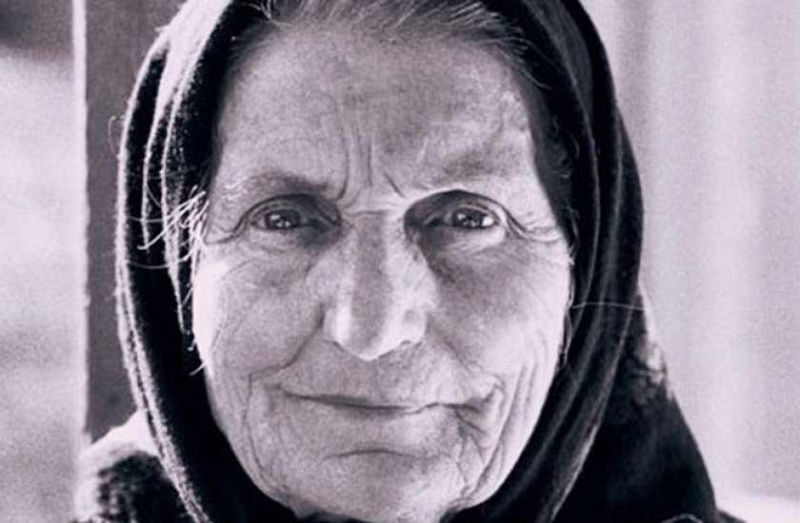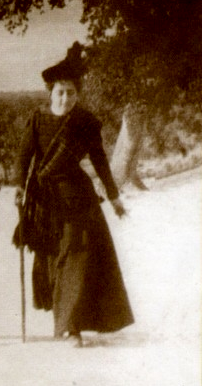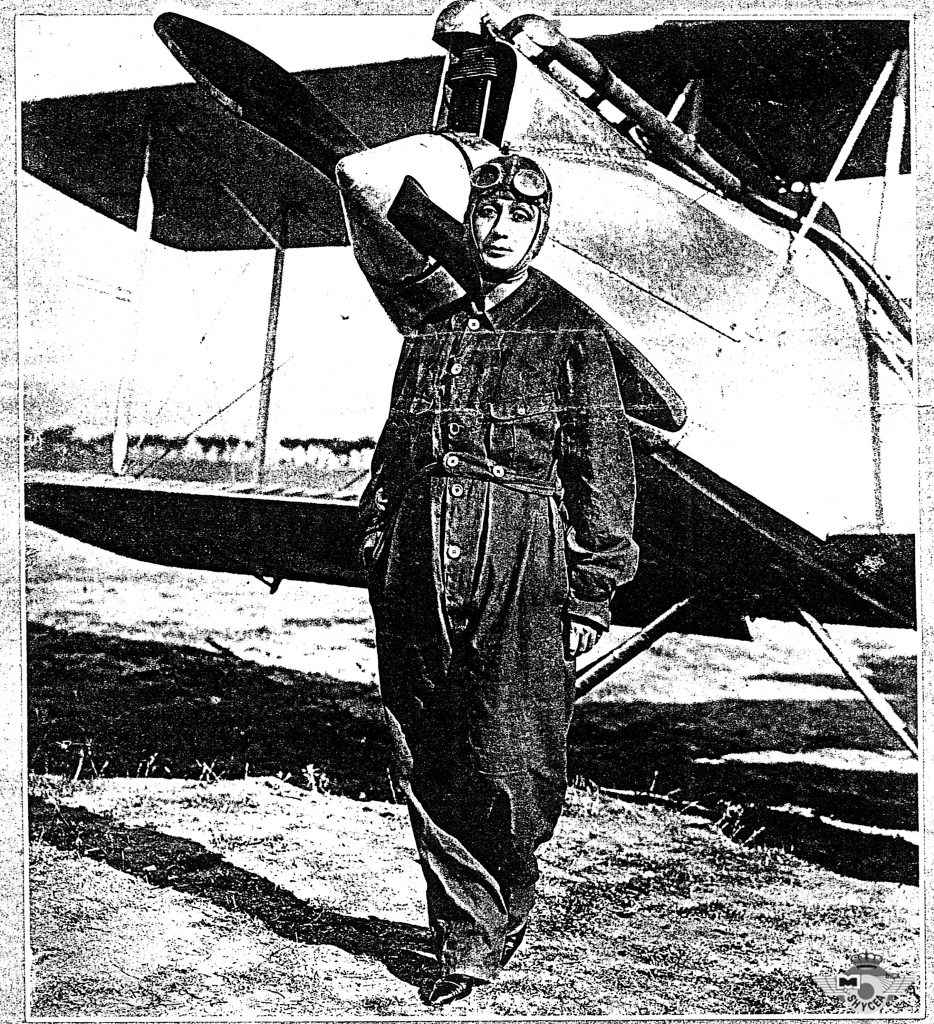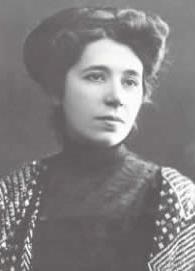Sarmiza BILCESCU was born in Bucharest, in a well-positioned family. Her father, Dumitru Bilcescu, was Chief of Finance Control, co-founder of the Romanian National Bank and a close friend to several prominent Romanian politicians of that time. Her mother, Maria Georgian, was very passionate about art and literature and encouraged her daughter in pursuing high education. Both her parents were motivated to preserve and promote Romanian values and identity, which is why Sarmiza was named after a famous Dacian fortress, Sarmisegetuza.
Miza, as her family and close friends called her, was a tomboy during her childhood and liked to spend time outside. Until the age of seven, she was educated by her mother and by a stern private tutor, Vasile Păun. Afterwards she attended different schools and was taught by significant scholars of the time, including Spiru Haret and Frédéric Damé. Having also a passion for art and especially for music, she took piano lessons from the notorious teacher and composer Eduard Wachmann.
In 1884, at the age of 17, she enlists with no difficulty at the Faculty of Letters of University of Paris – which began to accept female students in 1871 (after the first female student ever accepted at Sorbonne University, by the Faculty of Sciences, had already been enlisted in 1867) –, but she returns home just 6 weeks after, due to a cholera epidemic which had started in Paris around that time. Meanwhile, her father, driven by the desire of having his daughter better manage her significant estate, convinces her to prepare for a career in law, so she returns to Paris – accompanied by her mother who will stay with her throughout her years of studying – and applies to the Faculty of Law. Despite the fact that in the United States of America (Iowa), women started to practice Law in 1869, France and a great part of Europe was still reluctant to accept women as intellectuals equal to men.
In December 1884, she takes her acceptance exam at the Faculty of Law at the Sorbonne University and the deliberations take two weeks. Edmond Louis Armand Colmet De Santerre, the professor of Civil Law, admits: “We hesitated to award Miss Bilcescu the authorization she demanded, fearing that we would have to police the amphitheatres.” After days spent pacing the faculty hallways in anticipation, Sarmiza’s mother meets A. E. Pichard, the secretary of the Faculty of Law, and says to him: “I come from a distant foreign country, but they don’t argue there the women’s right to get an education. How is it possible, sir, that in a country in which even above the prison gates lays written «Liberty, Equality and Fraternity», you are preventing a woman to get educated?” The secretary finds the argument compelling and repeats her words to the Faculty Council. Finally, Sarmiza gets admitted, but the struggle is not over: after acceptance she is invited to leave the classroom by professor Paul Sonday, who yells: “No women! Science is made among men!” and she is prevented from entering the university building by the doorman several months later.
Things change when she has her first exam. She will recall later: “The professors are reluctant to look at me. One of them asks a difficult question. I answer. The professor insists. (…) I start then to detail everything, I analyse exceptions, and I speak for about a quarter of an hour. The faces of the professors light up: «Well done, miss, very well done. » The exam continues for almost three quarters of an hour and then it is over. I get out of the room. After two minutes, the doorman invites me back into the exam room. (…) From that moment on the professors held for me that consideration that is reserved only for the elite!”
After completing her first year of studies, Colmet De Santerre addressed the student body, mentioning Bilcescu’s “relentlessness beyond all praise and exemplary conduct” and thanking male students for having “welcomed her as a sister”; the audience received the speech with applause. She gets her degree in Juridical Sciences in 1887.
While in Paris, she continues to take music lessons from the notorious professor Antoine François Marmontel.
On 12 June 1890, at the age of 23, Sarmiza Bilcescu makes history, becoming the world’s first woman with a doctorate in law. Newspapers from all around the world (Europe, Australia, United States of America) covered her story. The subject of her 506-paged Ph.D. thesis is “About the Legal Condition of the Mother in Romanian and French Law”, in which she promotes the equality of women and men within the institution of marriage and in sharing the rights over their children.
Once returned in Romania, in the autumn of 1890, Sarmiza Bilcescu applies for the license to practice Law at the Bar Association in Ilfov County (which, at the time, also included Bucharest) and the Council of Lawyers grants her the license by arguing that “There is nothing standing against the petitioner’s request to be enlisted as a lawyer.”
No woman has managed to obtain a license to practice Law in Europe before her. Nevertheless, she never pleaded in court, because mentalities were difficult to change and the potential clients did not really trust a woman lawyer, but she paid all the fees regularly throughout the years and she offered judicial council to whomever requested it, sometimes even pro bono.
On 18 March 1894 she establishes “The Society of Romanian Young Ladies”, focused on promoting the cultural unity of the Romanian people (Romania had not unified all its territories at that time) and on supporting women to reach higher education levels.
In 1897, she marries Constantin Alimănișteanu, considered to be “the most distinguished engineer of the mines”, which supports her in her community work until his death, in 1911. In 1898, Sarmiza Bilcescu-Alimănișteanu becomes the mother of a boy whom she adored, named Dumitru, after her father.
Around this period, she becomes a jury member of the Cooperative Exhibition, sponsored by the royal family in Romania and she befriends Queen Mary of Romania, to whom she gives lessons of Romanian and with whom she later on gives piano concerts.
She was an activist for the preservation of Romanian heritage and cultural traditions and an important promoter of Romania’s image abroad. She was involved in establishing dorms and school canteens for law students, but she also offered her support to other projects involving children’s education.
In 1909, she establishes a school in the rural area of one of her estates, which still bears the name of her father, Dumitru Bilcescu. She offers private scholarships with her own money to poor students that want to study abroad.
She was president of the Federation of University Women. She presided over several charity balls. She was invited to take part in many feminist societies all over the world: The Advisory Board of Women’s Branch of the World’s Congress Auxiliary on Government Reform, Queen Isabella Association, Société des Amis de l’Université de Paris, International Congress of Women.
She dies in 1935 of septicaemia, caused by a liver infection. Even though her career as a lawyer never flourished, she managed to make a career out of being socially involved in community development, and she became a role model and a trailblazer for women aspiring to a higher level of education.
Literature and References
https://www.radioromaniacultural.ro/portret-sarmiza-bilcescu-prima-femeie-avocat-din-europa-si-prima-din-lume-cu-un-doctorat-in-drept/
https://www.forbes.ro/sarmiza-bilcescu-alimanisteanu-prima-femeie-doctor-drept-din-lume-si-o-feminista-desavarsita-84723
https://leviathan.ro/sarmiza-bilcescu-prima-romanca-avocat/
https://ro.wikipedia.org/wiki/Sarmiza_Bilcescu-Alim%C4%83ni%C8%99teanu
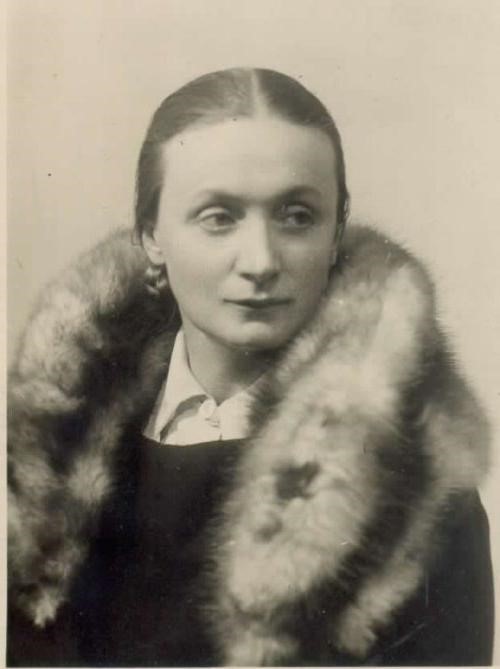
 1900 – 1978
1900 – 1978 
 1900 – 1978
1900 – 1978 
 1900 – 1978
1900 – 1978 
